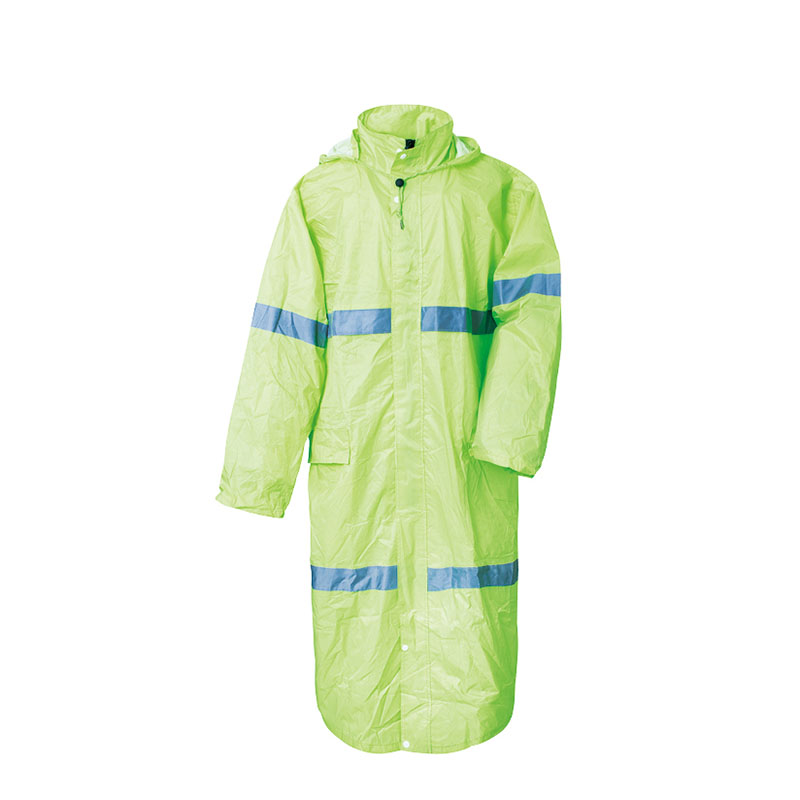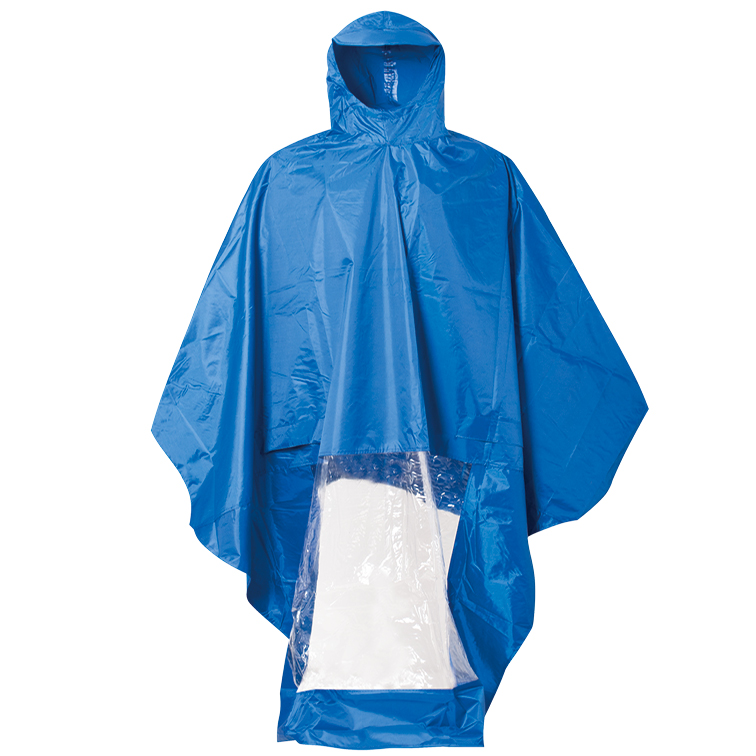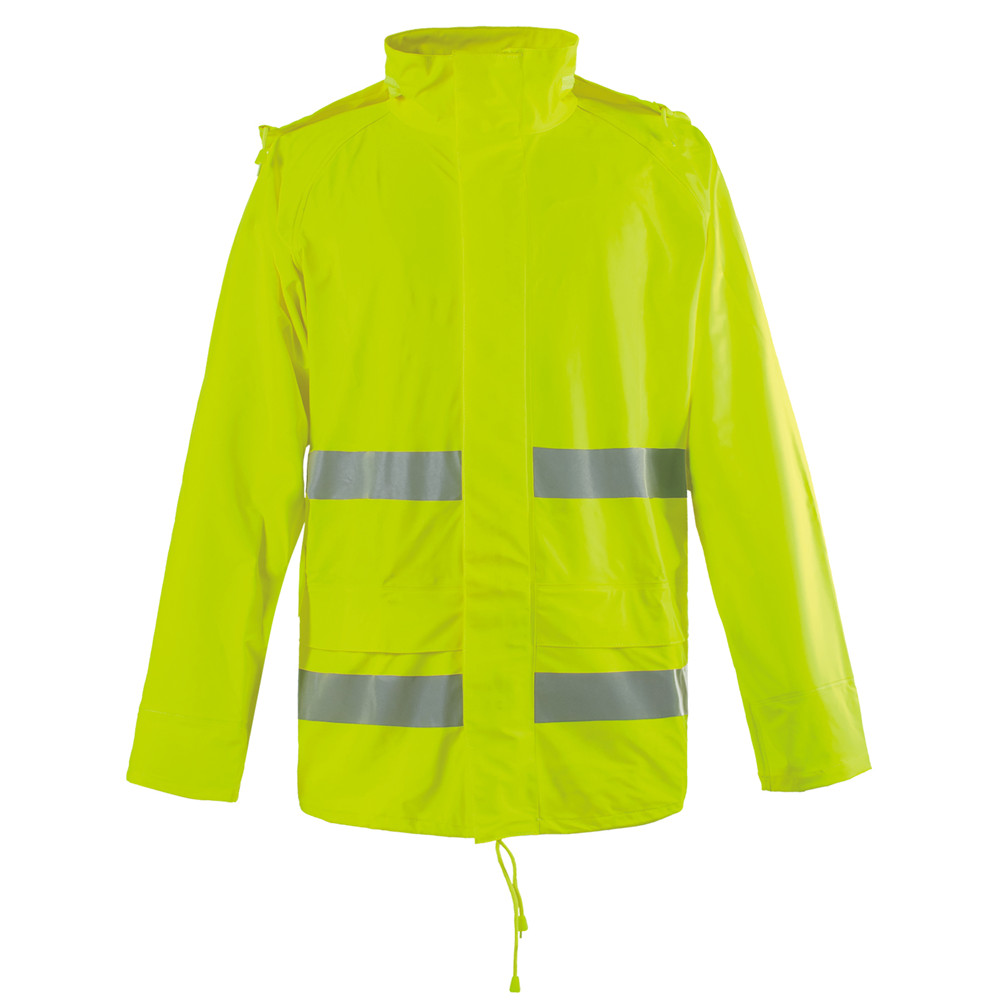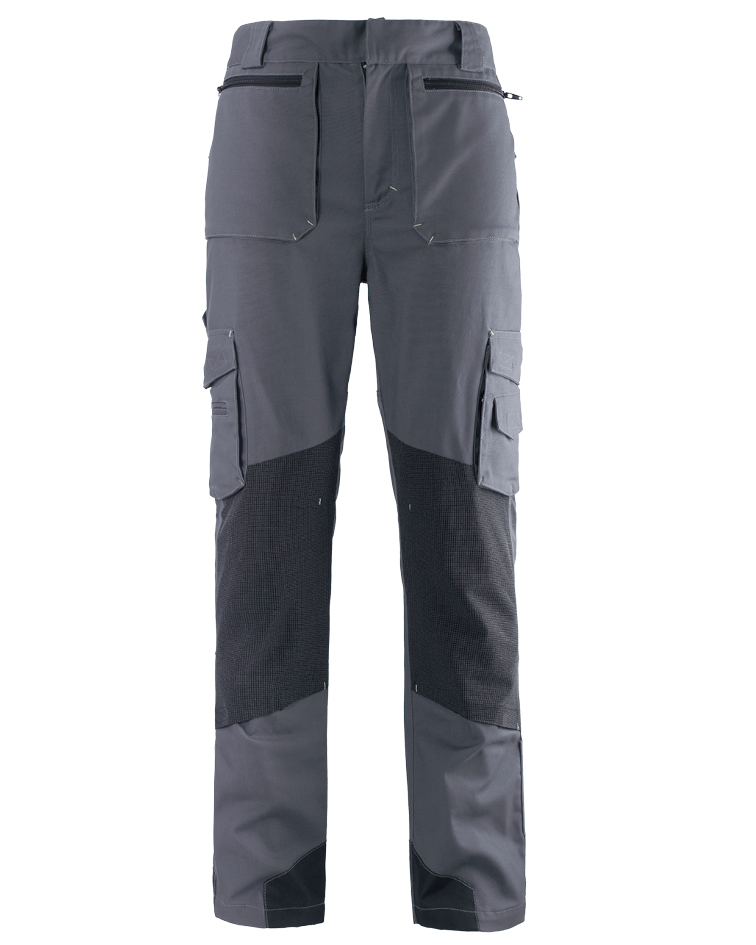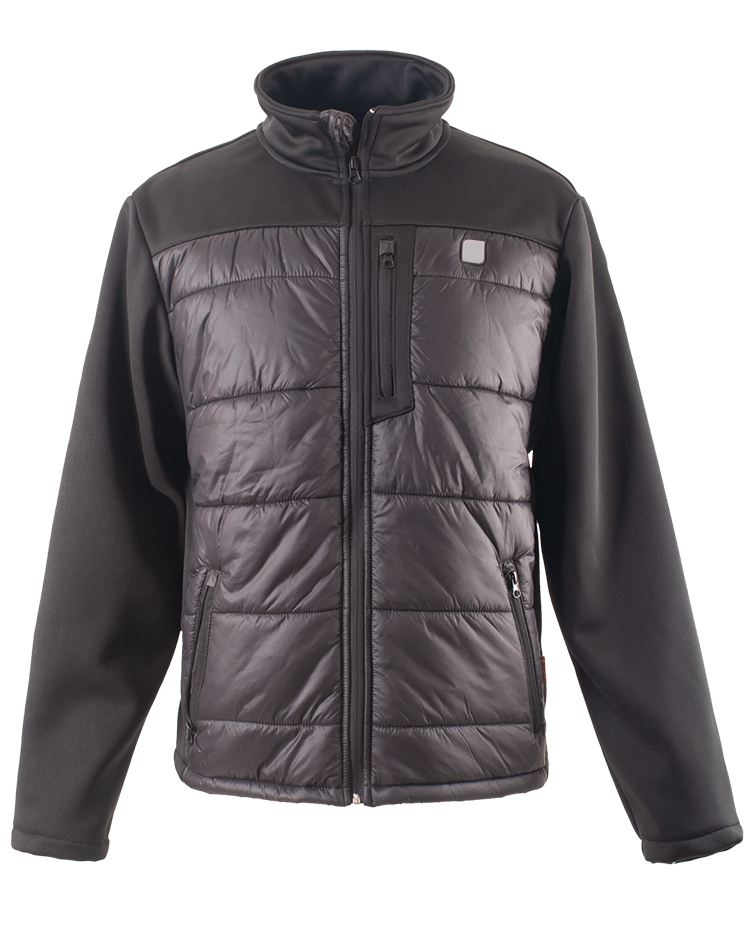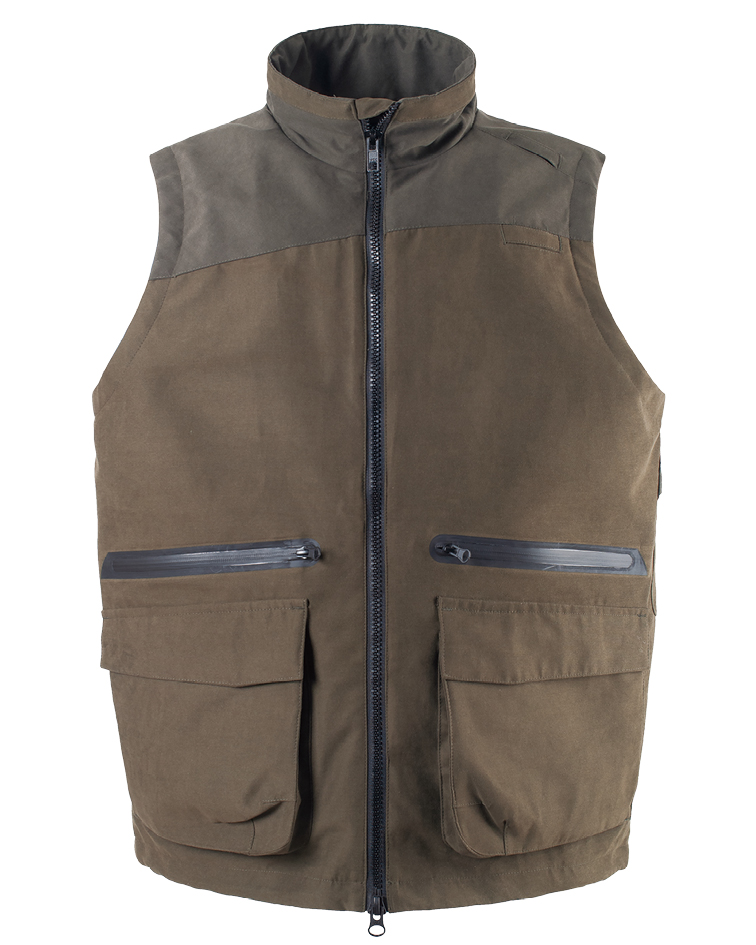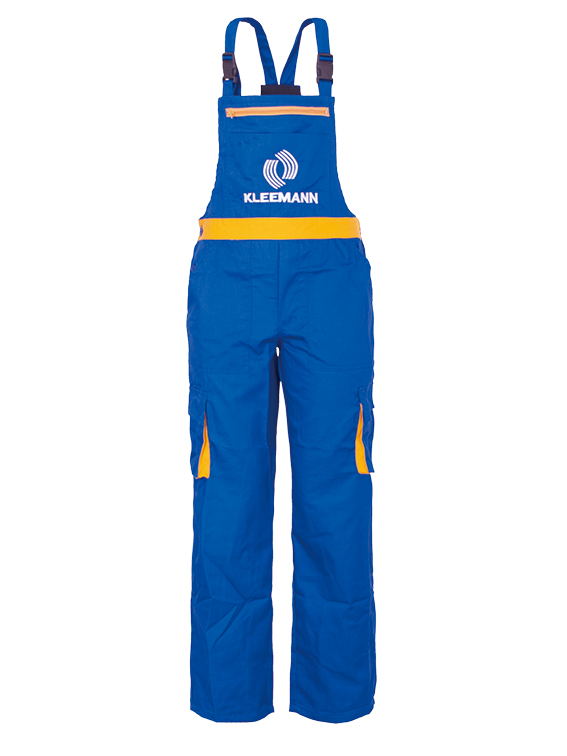Dear customers and friends:
Why the Quilted Parka Jacket Matters Globally
When you think about staying warm in chilly, unpredictable weather, one thing that often pops to mind is the quilted parka jacket. It’s more than just a fashion statement—it's a piece of gear that plays a crucial role worldwide, especially in colder regions and industries requiring reliable protection against the elements. But why exactly does this type of jacket have such global significance? Well, beyond just keeping a person cozy, quilting techniques and parka designs represent centuries of apparel innovation aimed at balancing warmth, durability, and mobility.
Understanding the evolution and utility of quilted parka jackets reveals their importance not only in everyday outdoor wear but also in humanitarian aid, industrial sectors, and even military applications. Grasping their core benefits helps manufacturers, users, and designers appreciate the value hidden in the stitching, insulation, and shell materials that make these jackets a go-to choice worldwide.
The Global Context of Quilted Parka Jackets
Globally, winters are getting harsher in some places and wildly unpredictable in others, according to recent reports from the Intergovernmental Panel on Climate Change (IPCC). That means well-designed winter gear like quilted parka jackets isn't just luxury; it’s a necessity. In northern latitudes—from Canada’s frostbitten cities to Siberia’s vast wilderness—proper insulation can literally be life-saving. Large populations in these zones demand reliable outerwear, and so the quilted parka continues to be a staple.
Moreover, industries such as oil and gas extraction in Arctic regions, cold-storage logistics, and even emergency response units in mountainous zones rely on these jackets. They are a frontline defense against hypothermia and frostbite. However, not every jacket is created equal, and this raises challenges relating to the materials used, manufacturing costs, and sustainability.
Mini takeaway:
The quilted parka jacket isn’t just about style or comfort but is tied to life preservation and operational success in extreme environments worldwide.
What Exactly Is a Quilted Parka Jacket?
At its core, a quilted parka jacket is an insulated coat designed to trap warmth close to the body. The “quilted” part refers to the stitched or sewn pattern that holds insulating materials (think down, synthetic fibers, or fleece) between the fabric layers, preventing the fill from shifting and creating cold spots.
The “parka” lineage traces back to the Arctic natives, who crafted fur-lined coats with hoods to battle severe cold. Today’s parkas borrow that heritage but combine it with technical fabrics that resist wind, water, and wear. They often feature a longer cut to protect thighs and hips and come with adjustable cuffs, hoods, and deep pockets for practicality.
Within humanitarian efforts and military logistics, quilted parkas provide critical warmth during disaster relief or tactical operations, ensuring personnel can operate safely without freezing.
Mini takeaway:
Simply put, the quilted parka jacket is a high-tech heirloom coat engineered for warmth, durability, and practical use in cold settings.
Core Components of a Quilted Parka Jacket
1. Insulation Material
The heart of any quilted parka is its insulation. Natural down offers unbeatable warmth-to-weight ratios but suffers when wet. Synthetic fills like PrimaLoft or Thinsulate maintain loft even when damp and dry faster—ideal for wet climates or heavy activity.
2. Outer Shell Fabric
Typically made from nylon or polyester, the shell must block wind and repel water. Modern parkas use DWR (durable water repellent) coatings or laminated membranes (like Gore-Tex) to prevent water ingress while allowing breathability.
3. Quilting Pattern
The stitching pattern—diamond, horizontal baffles, or box patterns—affects warmth distribution and aesthetic. A good quilting ensures insulation doesn’t pile up unevenly, preserving consistent heat.
4. Functional Features
- Adjustable hoods lined with faux fur or fleece for face protection
- Cinchable waist or hem for customizable fit
- Multiple zipper and pocket configurations for gear storage
- Storm cuffs or snow skirts to block wind and moisture
5. Environmental Considerations
Increasingly, eco-conscious fabrics and recycled fills are becoming standard, helping reduce the carbon footprint of manufacturing these jackets, aligning with ISO 14001 environmental management standards.
Mini takeaway:
Behind the simple coat lies an interplay of material science and ergonomic design tailored to optimize warmth, weather resistance, and wearer comfort.
How the Quilted Parka Jacket Is Used Around the World
From bustling cities braving winter commutes to remote Arctic research stations and rapidly deployed disaster zones, the quilted parka jacket proves its worth repeatedly. Some practical applications include:
- Industrial Workers: Oilfield workers in Alaska or Canada rely on these jackets to endure long shifts outdoors.
- Humanitarian Relief: NGOs distributing warm clothing in refugee camps during harsh winters turn to durable quilted parkas for beneficiaries.
- Military Operations: Cold weather gear upgrades often include quilted parkas for soldiers to enhance agility and protection simultaneously.
- Outdoor Enthusiasts: Skiers, hikers, and hunters gravitate towards quilted parkas for the balance of insulation and movement freedom.
Interestingly, regions with highly variable weather (like the European Alps) require multipurpose jackets adaptable for rain and snow, driving innovation in hybrid quilting and shell fabric blends.
Mini takeaway:
Whether a factory worker or a mountain climber, the quilted parka jacket adapts to diverse needs globally, making it a versatile cold-weather essential.
Advantages and Lasting Benefits of Quilted Parka Jackets
The tangible upsides are pretty clear:
- Effective Warmth: Multiple layers and quality insulation trap heat efficiently, minimizing energy loss.
- Sustainability: Newer production methods minimize water use and waste, plus recycled insulation options.
- Durability: Tough outer shells mean these jackets last for seasons, even with demanding use.
- Psychological Comfort: Wearing dependable gear boosts confidence, especially in dangerous or cold settings.
- Cost Efficiency: Despite sometimes higher upfront costs, the longevity and quality often save money long term.
Socially, quality warm clothing preserves dignity and health, especially for vulnerable groups—something often overlooked. Innovation in this area isn't just about fashion but about trust and safety.
Looking Ahead: Innovations on the Horizon
We’re seeing neat trends and innovations shaping the future of quilted parka jackets:
- Smart Textiles: Fabrics embedded with sensors that regulate temperature or track vital signs.
- Bio-Based Insulation: Alternatives to synthetic fills, derived from plant or animal sources, breaking new ground in eco-conscious apparel.
- Advanced Waterproofing: Nanotechnology coatings that repel water without sacrificing breathability or environmental safety.
- Customization & Modular Design: Jackets with detachable liners or configurable components suited for multiple seasons.
In toto, these advances dovetail nicely with global sustainability goals set by the UN and regulatory frameworks tightening around apparel manufacturing.
Common Challenges and How Experts Tackle Them
Despite obvious benefits, there are hurdles...
- Weight vs. Warmth: Finding the sweet spot between insulation and mobility is tricky—too bulky, and it hampers movement; too light, and protection drops. Designers often experiment with layered quilting and hybrid insulation.
- Water Resistance: Down insulation traditionally falters when wet. Modern synthetics help, but moisture management in extreme conditions remains an ongoing challenge.
- Cost Barriers: High-quality materials and production drive prices up, limiting access in lower-income regions. NGOs and manufacturers collaborate to produce cost-effective versions without sacrificing too much performance.
- Environmental Impact: Apparel production can be resource-intensive. Adoption of ISO-certified manufacturing, recycled materials, and ethical sourcing is imperative.
Overall, it's a constant balancing act between function, price, and eco-responsibility — but the industry pushes steadily forward.
Product Specification Table: Typical Quilted Parka Jacket
| Feature | Specification |
|---|---|
| Insulation | 600-fill power duck down / PrimaLoft synthetic |
| Shell Fabric | Nylon with DWR treatment |
| Weight | Approx. 700 grams (size M) |
| Water Resistance | Water repellent but not waterproof |
| Features | Adjustable hood, storm cuffs, multiple pockets |
| Care | Machine washable with gentle cycle |
Vendor Comparison: Leading Quilted Parka Jacket Suppliers
| Brand | Price Range | Sustainability Focus | Warranty | Notable Features |
|---|---|---|---|---|
| Northern Trail | $180–250 | Recycled shells + biodegradable fill | 2 years | Lightweight, high-fill power down |
| Arctic Shield | $220–320 | Certified ISO 14001 production | 3 years | Modular liners, storm-proof hoods |
| EcoHeat Gear | $150–210 | 100% recycled synthetic insulation | 1 year | Affordable, water-resistant, vegan |
FAQ: Frequently Asked Questions About the Quilted Parka Jacket
Q1: How do quilted parka jackets compare to standard winter coats in extreme cold?
A1: Quilted parkas usually offer superior insulation because of their specialized stitching that keeps warm fills evenly distributed. Plus, their longer designs shield more of the body from wind and snow compared to shorter coats, making them ideal for harsh winter conditions.
Q2: What’s the best way to care for a quilted parka jacket to maintain its warmth?
A2: Gentle machine wash cycles with mild detergents designed for down or synthetics are recommended. Always follow the manufacturer’s care instructions. Avoid fabric softeners and tumble drying on high heat. Proper drying restores loft, so using dryer balls or air drying with periodic fluffing works well.
Q3: Are synthetic fills better than natural down for quilted parkas?
A3: It depends on your needs. Down excels in warmth-to-weight ratio when dry but loses insulating power when wet. Synthetic fills are heavier but retain warmth even if damp, dry faster, and typically hypoallergenic. For wet or active environments, synthetics often outperform down.
Q4: Can quilted parka jackets be customized for corporate or team branding?
A4: Absolutely. Many manufacturers offer embroidery or patch services, letting organizations and teams personalize jackets with logos or colors. This feature is especially popular with outdoor companies and NGOs requiring uniformity alongside functionality.
Q5: How sustainable are quilted parka jackets, and what should buyers look for?
A5: Sustainability varies significantly. Buyers should seek jackets made with recycled fabrics, responsibly sourced insulation, and produced under certifications like ISO 14001. Some brands further build recycling programs for end-of-life products—an excellent way to reduce overall environmental impact.
Wrapping Up and What’s Next
In real terms, the quilted parka jacket embodies much more than just fashion or warmth. It’s about meeting global demands for reliable, sustainable cold-weather gear that adapts across industries and cultures. With evolving materials and heightened environmental awareness, these jackets continue to improve, promising comfort and protection for many years ahead.
If you're interested in exploring a wide range of quilted parka jackets — from rugged outdoor-ready designs to eco-friendly innovations — be sure to check out our curated selections over here at quilted parka jacket.
Stay warm, stay curious, and remember: the right jacket can make all the difference when winter bites.
References
Post time: Nov . 15, 2025 15:30

